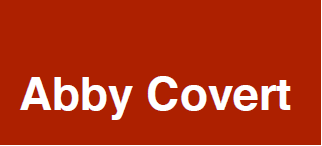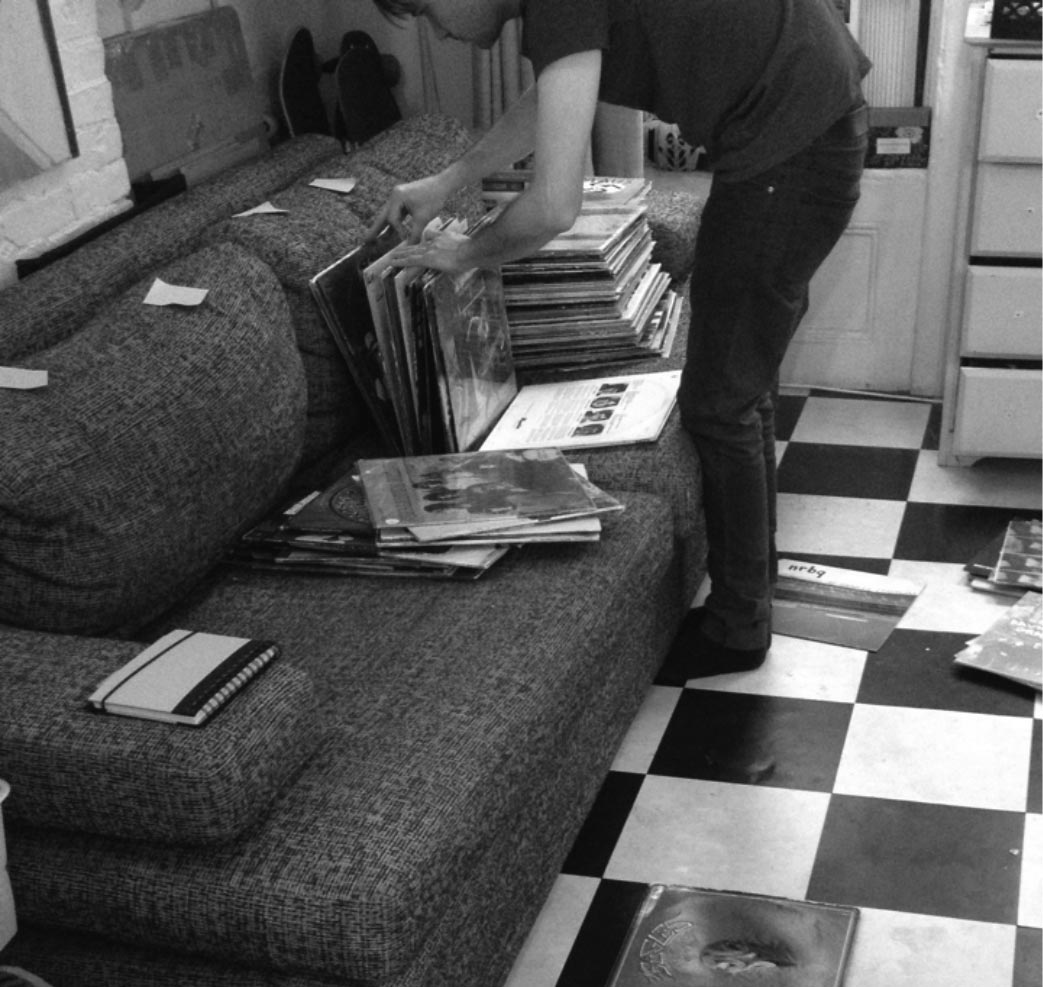On Taxonomy
Can I make my final book feel like a choose your own adventure?
…Can I write my final book as if I am a fictional character experiencing my thesis?
…Can I change all the words in my subtitles to reflect language related to imaging technology and cameras since that is what my work is about? …
Can I write my final book for my user instead of for my stakeholders? …
Can my book *be* an energy harvester?”
Each of these questions came from thesis students working not just on digital experiences but also on physical products and experiences. They are also writing a book and giving a short talk to present their thesis body of work. They each have several mediums to execute via as well as differing contexts and channels to serve users in. To assist them with forming a clear plan of attack for this, in week 9 at SVA Products of Design, we discussed the creation of structures and the relation of structure to meaning.
We discussed that while these various channels and contexts are sometimes disconnected, they still have information in common. They also likely differ in structure – some more slightly than others. We revisited the controlled vocabularies that they created last week and talked through the need to pay attention to how structural decisions can impact perceived meaning.
I presented some insight into the creation of structures and then set them loose on creating their own structures to play-test in small groups. The full lessons are available in the deck. Below is a brief account of what I feel to be some of the most useful things to start thinking about when setting to out to structure pretty much anything.
Organization is easy
Once an organization schema and the rules of sorting things are in place, it is time to “sort things out.” Sure it can sometimes be a large pile of things and the time or resources it might take to complete may be significant. But it is not “hard” — it feels much more like emptying your dishwasher or grocery bag. Everything has a place, you are just executing that plan over and over.
Building consensus on organizing principles is the hard(er) part
My husband and I are newly weds. One of the first big cohabitation tasks we took on was combining our individual vinyl collections into a single collection.
As we were mindlessly sorting our records alphabetically, my sweet husband turns to me, Michael Jackson’s “Thriller” in hand and says: “file this under M right?”
*Record Scratch, Stop*
We decided to walk to the nearest record store so I could show him that in “typical vinyl collections” – artists are filed like authors in a library, last name first. An added bonus of this schema being that the Jackson 5 records are near the Michael Jackson and Janet Jackson records. Makes sense right?
When we got home, he showed me why “first name first” was his default mental model for sorting his music. It turns out that Spotify, Rdio, iTunes as well as many other digital music services use the first name first alphabetical schema for organizing artists. Imagine my shock. Especially since I too am a heavy user of those tools. I had never noticed that I am able to locate the same thing in two different mediums via two different structures organized differently without sensing frustration or even noticing.
We decided to move forward with “Last name first” because I hold the title for “most anal-retentive” in our household. Afterwards it occurred to me that this moment represented the kinds of friction that we often encounter in the architecting of information. This was an everyday example of a how differing mental models and ambiguous classifications schemas can affect people’s real lives and the structures they architect for themselves and others to use.
Ambiguity is messy
Sure, it would have only taken me an extra cycle to look in “M” after “J” failed to deliver my intended record choice. And when I re filed it, I could just move it. But that is the lesson. By introducing something ambiguous into the mix, we have to deal with the lose of efficiency. The level of efficiency and clarity in the structures that you make are entirely up to you. But the level of ambiguity you introduce as a result of those decisions is also up to you. In other words, ambiguity is not bad — but it is messier than exact classification schemas (like postal codes).
Introducing ambiguity often adds additional requirements for communicating your intent. Yet, the introduction of some level of explainable ambiguity can be an effective strategy for differentiation of your offerings as well as a delightful addition to many experiences.
Think about the very first time you used a new social media product and encountered features that allowed you to +1, Like, Favorite, Fav, Star, Heart, Bump, Poke, Friend, Unfriend. Did you know what those interactions were intended for or did you encounter them in structures that provided an ambiguous sense of what they might do? How did you get over that level of ambiguity? When did that level of ambiguity disappear to the point where you could use those verbs conversationally when not using that product? My mom said the word “unfriend” recently and it struck me how quickly once ambiguous concepts can be absorbed into popular culture.
Medium is Binding
Understanding the medium you are working in and the amount you can push things taxonomically is a critical lens to bring early in any structural work. If we are deciding how to structure a physical rolodex system or a grocery store, there are only some many tricks of polyhierarchy that we can implement for example.
Taxonomy is Permission
This was the unexpected lesson that I learned in class. Many of the “Can I…” questions I started this post by introducing are definitely questions of structure but they are also all requests of permission. They are each in my opinion beautifully simple examples of how the structures that we choose changes forever the form that we make. While it is an obvious concept, it is not a lesson that smacks me in the face daily. But yesterday it did. We all need permission, and taxonomy is how we give ourselves and others the room to work towards the form that we intend. It is an incredibly powerful lesson about the design process, one I was happy to relearn through their eyes.
The students are working to “finalize” their structural plans in the next two weeks, I look forward to seeing their reflection of these lessons in their final work. I hope they are useful for whatever you are working on as well.
Thanks for reading.

